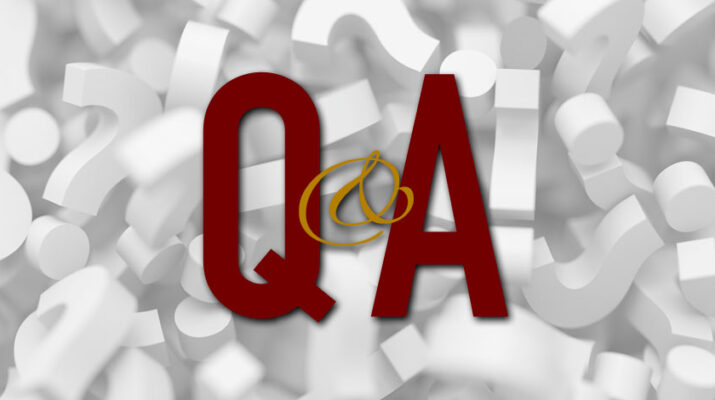Greater Rochester Health Foundation CEO discusses the organizations’ new mission and focus: the underserved groups
Interview by Mike Costanza

For over 14 years, the Greater Rochester Health Foundation (GRHF) has been a leader in the fight to improve the health of those living in the nine-county region that it serves. Based in Rochester, the nonprofit has 13 employees and a current budget of $11.3 million. Of that total, $8.9 million will be dispensed in grants to the organizations and agencies that serve the area’s residents.
In mid-January, GRHF announced the adoption of a new mission. GRHF President and CEO Matt Kuhlenbeck, who just finished his first year on the job, recently sat down with In Good Health to talk about that change.
Q. What was GRHF’s original mission?
A. The mission before the change was to improve the health status of residents of the Greater Rochester community, including those whose unique healthcare needs have not been met because of race, ethnicity or income.
Q. How is GRHF’s new mission different?
A. Our new mission is to pursue and invest in solutions that build a healthier region where all people can thrive. The new mission statement really focused on creating a situation where all people can thrive, recognizing that some people already are and that there are several groups that aren’t. Our purpose is to really meet the needs of the community, and meet the community where they are in their health journey.
Q. Who isn’t thriving, in terms of health?
A. We have pockets of deep poverty, childhood poverty in addition to adult poverty. We have different degrees of access to healthcare service, depending on where you live. Certain neighborhoods, counties, portions of communities where the life expectancy is dramatically different than other areas of our community where people are doing incredibly well. Rochester is also one of the most segregated communities in the nation. People are starting at different places and have different levels of assets, and they have different supports around them.
Q. How did that influence GRHF’s decision to change its mission?
A. As we looked at our original mission, and reflected on the work that we’ve been doing, a lot of the focus around race, poverty and income really wasn’t becoming a central part of our work. We knew that we couldn’t achieve change while looking at that wide a swath of the individuals, and so we really felt that we needed to be more explicit with who we’re trying to work with and where we’re trying to affect change.
Q. In general terms, how might those views influence GRHF’s policies and actions?
A. We’re taking a broad understanding of health, recognizing that only 20% of what impacts somebody’s health actually happens in a healthcare setting, and that 80% is the result of a variety of different neighborhood conditions, systems and policies that create inequities. It’s everything from where you live, to where you play, to where you work that influences your health outcome, not just your interactions with a healthcare provider. How do we work with those who are not in a position where they feel they are thriving, and how do we elevate them to where they feel they are?
Q. Can you point out an example of how this might work?
A. One area that we spent considerable time with over the last 10 years was with the El Camino Neighborhood in north central Rochester. We worked with the Ibero-American Action League to help community residents and community leaders develop their journey on what they felt a healthy community looked like. For them, a healthy community had green space — parks and trails. They also focused on not just healthcare, but “How do we have a safe neighborhood? How do we make sure that the sidewalks are taken care of, and we have spaces where our children can play?” We worked with them to really bring their vision to life, and invested a total of $1.5 million in the project.
Q. What was the result?
A. Now, there’s greenspace, parks, the El Camino Trail. More recently, they announced that they’re building La Marketa, a large community gathering space that will be in that same neighborhood. That’s actually being funded through the city of Rochester, and others.
Q. What did your organization learn from that project?
A. These efforts were isolated and they were pockets — it wasn’t part of our general overall operating principle. As we looked at where we had successes, and where we really felt we were really truly fulfilling our mission, we identified those projects such as this one, and decided that we really needed to do that more, and holistically, across all of our programming. We also realized that the community’s voice is a critical part of creating a solution.
Q. Can you point to a project that GRHF is working on now that is in line with its new mission?
A. It’s called “Healthy Futures.” It is an effort that is focused on improving health outcomes for children zero through 8 years old. We are working with a variety of stakeholders across the region, from the Healthi Kids network to the Greater Rochester Parents Leadership Training Institute with a focus on we support children who are in that zero-to-8 space, as well as their families, to improve their health outcomes.

